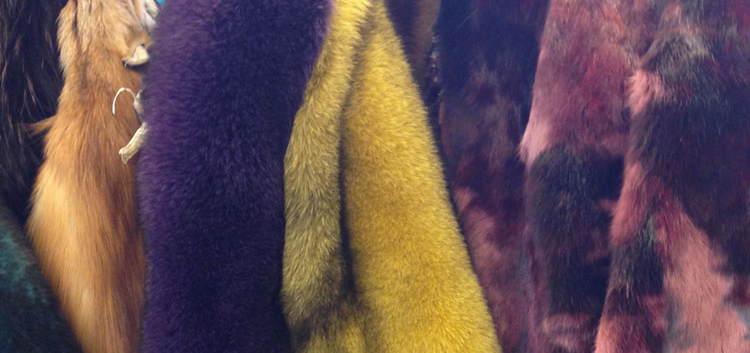
Fur Processing
To maintain and enhance their natural beauty, fur pelts must be “processed”, a term that refers to the tanning (or “dressing”) of the pelt, but may also include a number of other technical operations (such as shearing, dyeing and “carving”) to produce a remarkable range of special effects. The result is a fur pelt that will maintain its softness and beauty for many years or decades – and often for several generations.
ENVIRONMENTAL SUSTAINABILITY
Fur processing – like the production of any textile or other material – consumes energy and must be done responsibly to protect the environment and human health. Fur processing is carefully regulated and, in any case, processes must be benign enough to protect the fur.
Fur, whether used for apparel, accessories, home décor or other purposes, has an important environmental advantage over many of the other materials we use today — because fur is a sustainably produced, long-lasting, renewable, natural resource.
By contrast, most synthetic textiles (including fake or “faux” fur) are made with petroleum, a non-renewable resource. Up to one gallon of petroleum is needed to produce three synthetic jackets. The production of synthetic fibers also involves chemical reactions at high temperatures, producing potentially harmful substances.
According to R.S. Blackburn (Biodegradable and Sustainable Fibers, pg xv): “The main problems with synthetic polymers are that they are non-degradable and non-renewable… An even more important problem with the use of fossil energy is the huge translocation of carbon from the ground into the atmosphere accompanied by emissions of sulphur and nitrogen oxides as well as all kinds of hydrocarbons, and heavy metals. Fossil fuels are also the dominant global source of anthropogenic greenhouse gases (GHG)’’






